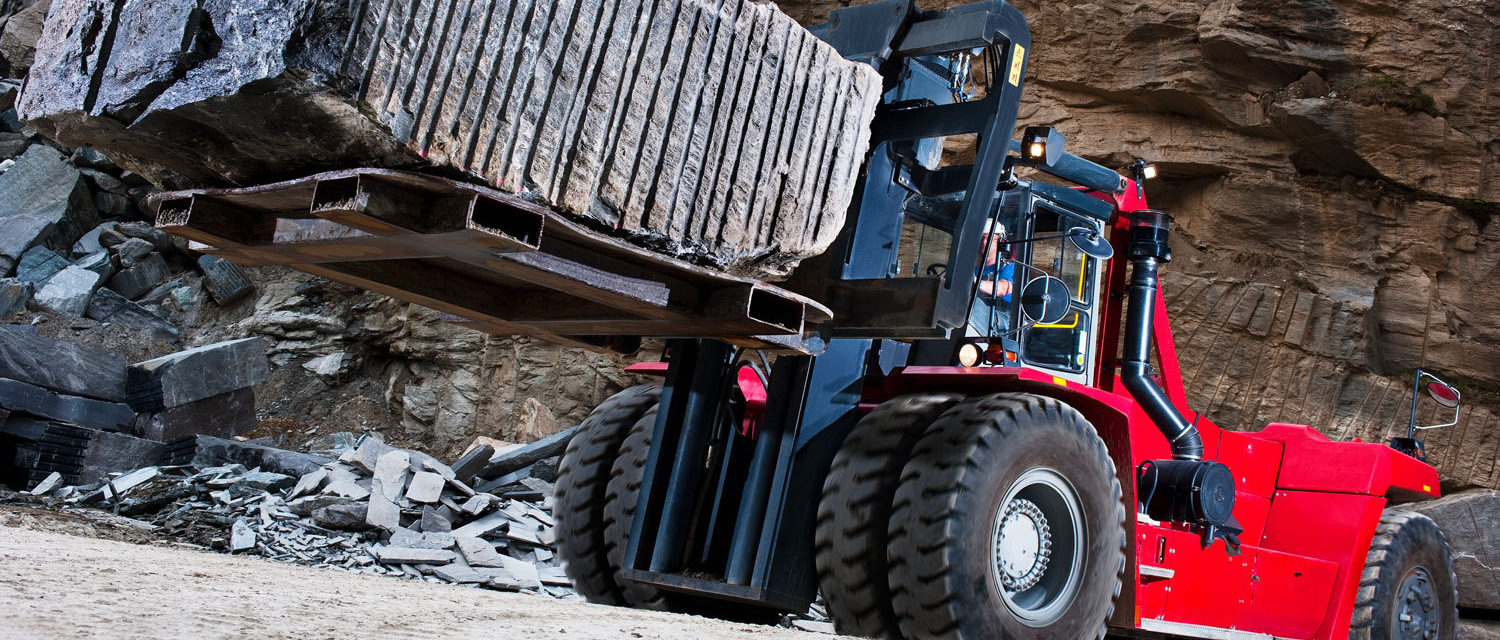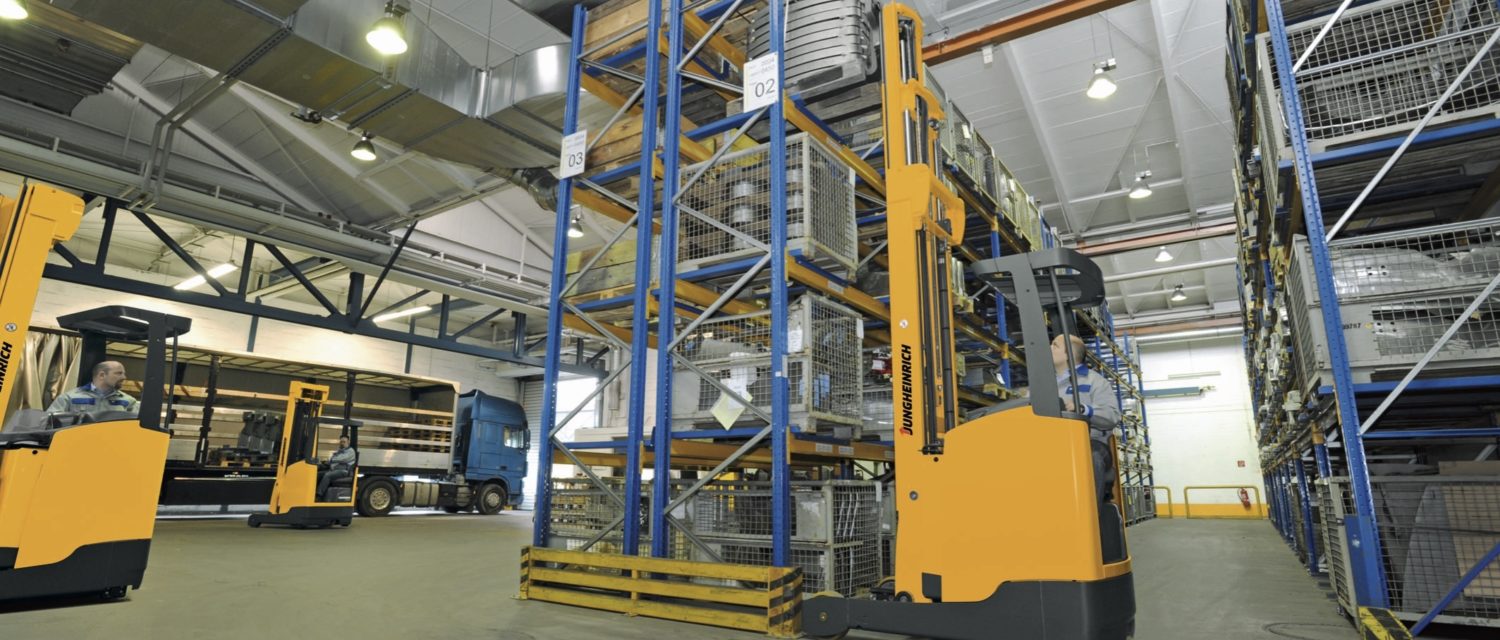Picking the Right Forklift Rental: The Benefits of Rough Terrain Forklifts

If there is one thing that traditional forklifts cannot do, it’s operate on unstable surfaces in difficult outdoor environments. This inability can be attributed to a number of things, such as inadequate traction or not enough ground clearance (which is necessary to handle uneven, rocky, or muddy terrain). When forklifts are lacking in these areas, the stability of your machine becomes compromised and it is no longer safe to operate. So, where does this leave businesses that must operate under these rugged conditions? This is where rough terrain forklifts come in. These forklifts are an ideal solution for all-terrain applications, including those found in forestry, construction, and agriculture. The lifting functions that a traditional forklift has paired with the utility of a tractor is what makes rough terrain forklifts truly unique. These off-road workhorses can easily climb embankments and operate on rough surfaces while carrying a load without posing safety issues or getting stuck. Read on as we dive into the features of a rough terrain forklift rental that make it much more suitable for the great outdoors than its conventional counterpart.
[CUTOFF]Ground Clearance
A key feature for any all-terrain vehicle is ground clearance, which measures the distance between the lowest point of the undercarriage and the ground while on a flat surface. A higher ground clearance allows your forklift to clear obstacles and terrain without getting high centered. On the other hand, a machine that lacks sufficient ground clearance is likely to get stuck when it travels over changes in ground elevation. Because traditional forklifts are meant to operate on paved surfaces and relatively smooth roads, they usually have ground clearances of about four inches, whereas rough terrain forklifts are built with large tires and an elevated chassis to give your forklift rental 12 inches or more of ground clearance.
Greater Traction
Maintaining enough traction is another necessary component when it comes to traveling over soft, muddy, or uneven terrain. A high level of tire traction allows your forklift to climb crests and travel over slippery or loose surfaces without getting stuck, putting strain on the engine, or fruitlessly spinning the tires. For rough terrain forklifts, this traction is achieved through the use of a 4-wheel drive system, large off-road tires, and articulating axles. When compared to a traditional forklift, the tires on an all-terrain forklift are about two times as large and feature deep grooves that increase the tire’s area of contact with the ground. At the same time, the articulating axles allows up to a seven degree lateral change in elevation between the tires, which helps to keep all of the machine’s tires on the ground while traveling over uneven ground. This maximizes traction while maintaining the stability of the forklift.
Optimized Power and Output
When operating on difficult terrain, it is essential that power is provided to wheels when and where it is needed most. This is more difficult for a conventional forklift, as power is only provided to the front tires through a 2-wheel drive transmission. When operating a traditional forklift in challenging outside conditions, you may experience a loss of power and immobilization if one of the tires loses contact with the ground, encounters a large rock, or experiences a loss in traction. All-terrain forklifts, however, are able to avoid such issues by utilizing a 4WD transmission and adaptive limited-slip differentials. This setup provides power to each tire and helps to prevent power loss during tire slippage by providing torque to the tires independently. In short, the 4-wheel drive function assists in providing the best traction and maneuverability in rough terrain.
Should you get an all-terrain forklift for your next project?
If you are planning on moving a lot of heavy materials over surfaces that are uneven, unstable, or bumpy, it would greatly benefit you to consider purchasing or renting a rough terrain forklift. Be sure to select a machine that has features that fit the needs of your project, and do not forget to inform your operator of proper safety guidelines via in-house training or outsourced OSHA required training.
Clearly, rough terrain forklifts include a number of unique design elements that make them perfectly suited to their operating environment. With improved ground clearance, traction, and an optimized output, an all-terrain forklift rental is the way to go if you are working beyond the warehouse. Are you considering renting or purchasing a rough terrain forklift? If so, check out Darr Equipment’s large selection of used equipment. Most of our machines are available immediately, and we have great financing options to fit your needs (including traditional purchase financing, leasing, and rental purchase options). Let us be your preferred source for all of your pre-owned material handling and industrial equipment needs. Contact us today to get started.
